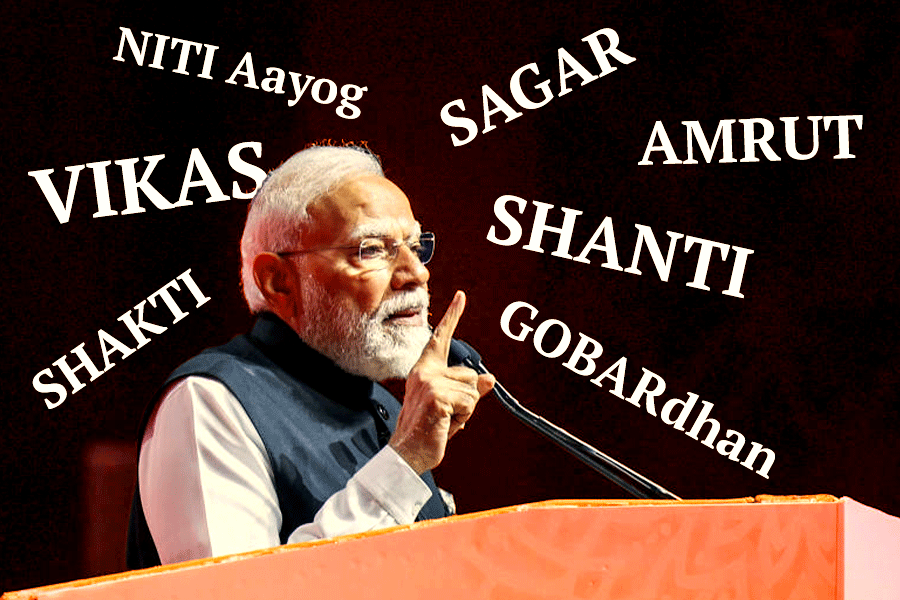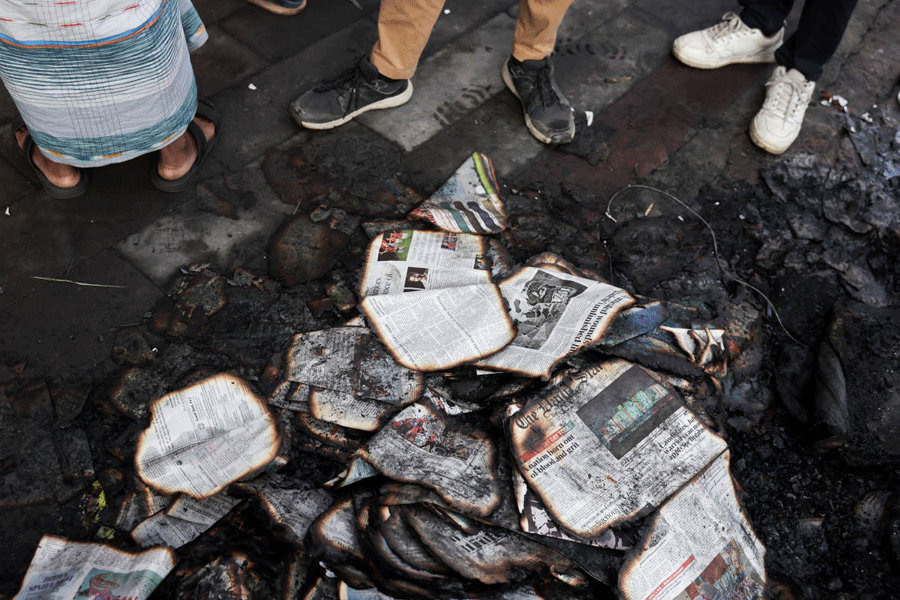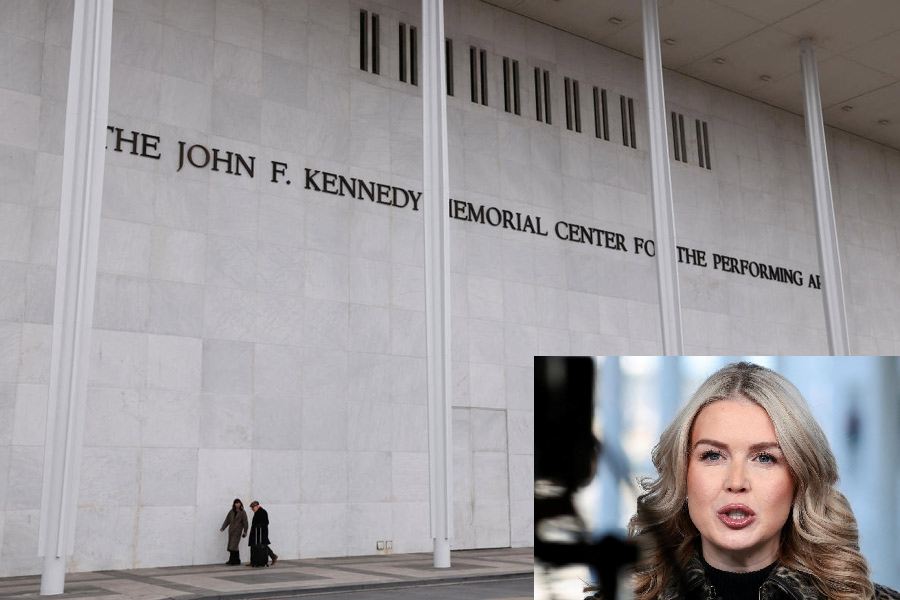 |
| Oh my job! The downturn has affected a lot of people but things are beginning to look brighter |
Will labour markets in the United States remain weak for an extended period? For many economists,the answer is yes. They point to the “jobless recoveries” that followed the two previous recessions, in 1990-91 and 2001, and see no reason for this recovery to be any different. That has led some to call for a new round of stimulus spending.
“Although some hiring was reported in a few Federal Reserve districts, labour market conditions remained generally weak,” the Federal Reserve said this week in its Beige Book report on economic conditions around the country.
At the Federal Open Market Committee meeting last month, the minutes reported that participants “generally expected unemployment to remain elevated for quite some time”. But history indicates there may be more hope for a faster rebound than is generally expected. The two jobless recoveries were preceded by recessions in which employment declines were modest. But after recessions involving a sharp drop in employment, the rebounds have been much stronger.
Since 1950, there has never been an employment decline as deep or as long as the one that appears to have ended late last year. The number of jobs reported by the US government’s survey of employers fell for 22 consecutive months, after employment peaked in December 2007. That string ended in November with a tiny gain of 4,000 jobs, the Labor Department now estimates. But there was a renewed loss of jobs in December.
There have been only five other periods since 1950 in which declines lasted as long as 10 consecutive months. The job market came back quickly after three of them. In each of those cases, the loss of jobs during the decline was at least 2.3 per cent of the workforce.
The decline in jobs was more modest in the two previous recessions — 1.5 per cent, when the string of job losses ended in May 1991, and 1.7 per cent when the string ended in May 2002 — although there were further declines later in 2002 that brought the total loss to 2 per cent.
By contrast, the number of jobs was down 5.2 per cent from the level of December 2007 when the string ended in October. That fall is more than the 1991 and 2002 declines put together.
The jobless recoveries were notable for the fact that unemployment had not risen especially high during the recessions, but climbed higher after the date later chosen by National Bureau of Economic Research as the end of the recession.
In the 1990-91 downturn, the highest unemployment level was 6.8 per cent. But joblessness kept rising and peaked at 7.8 per cent in June 1992, 15 months after the recession ended. Similarly, during the 2001 recession, the unemployment rate rose to 5.5 per cent. But more than a year after that, it topped out at 6.3 per cent. In the other downturns, however, the unemployment rate peaked during or soon after the recession ended.
If jobs do recover more rapidly than many expect, it may reflect the fact that this recession was deepened by the credit crisis and near panic in autumn 2008, after Lehman Brothers failed. Many companies cut back on every expense they could, fearful both that business would dry up and that they would be unable to finance their operations.
The sheer scale of cuts may have left companies in need of more workers because the cuts were overdone. If so, they may need to hire even before there are strong signs of economic recovery.











